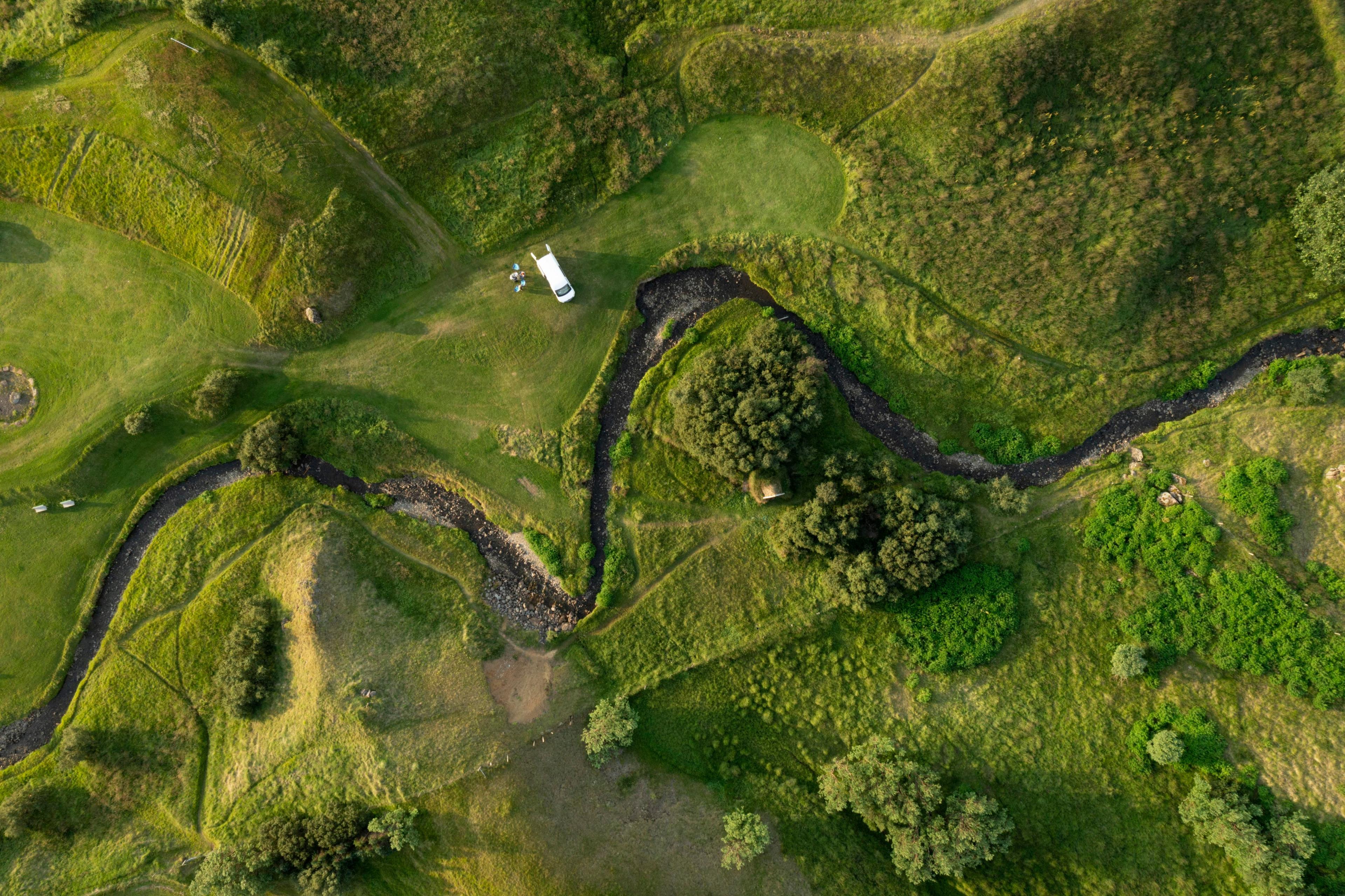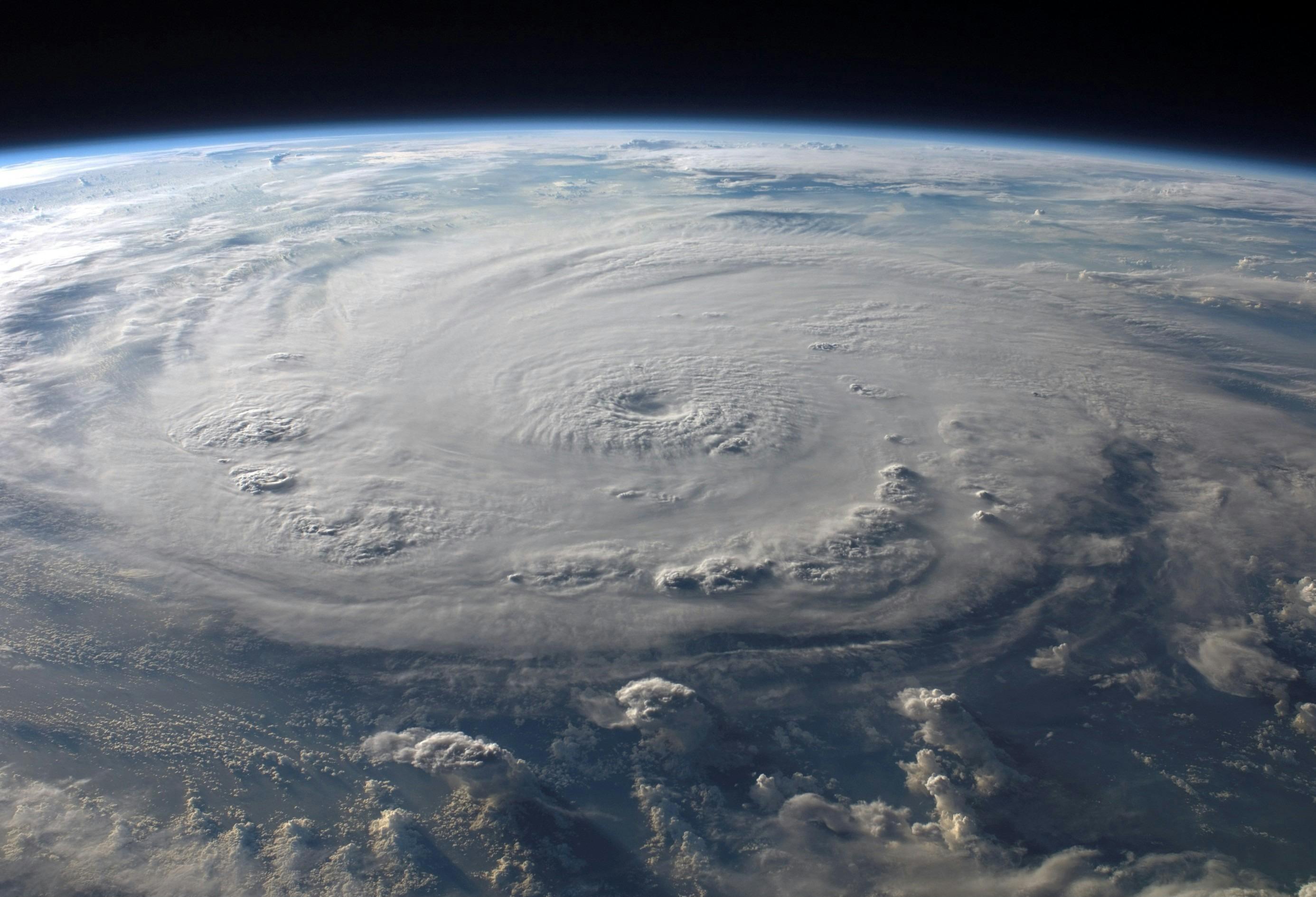New Orbit is engineering ultra-low Earth orbit satellites that fly at one-third the altitude of conventional satellites, redefining what is possible with existing satellite technology.
Lower than anyone thought possible.
Closer.Better.Cleaner.
By operating closer to Earth, our satellites can capture higher resolution images, transmit more data, and access new layers of atmospheric data. All whilst operating in a naturally self-cleaning orbit.
The most detailed vision of the world.
Operating three times closer to Earth allows us to observe and recognize details that are invisible to today’s satellites—giving us a clearer understanding of what’s happening around us

Direct-to-Device Data.
By operating in lower orbits, we enable direct satellite-to-phone services that can bridge the digital divide for 5 billion people worldwide.
Weather Prediction.
By flying closer to Earth’s surface, our satellites see clearer patterns in weather behaviour, enabling more accurate forecasting and a more predictable future.
Designedtobedebrisfree.
Traditional orbits are crowded with thousands of aging satellites and billions of satellite fragments that stay in space for decades. Once decommissioned, our satellites vanish in under a month—keeping space clean and safeguarding the future of space for everyone.
Safeguarding the future of space.
MeetNEO-1.Theworld'slowestorbitingsatellite.
NEO-1 is one-of-a-kind. It embodies years of perfected engineering—from tailor-made attitude control and cutting-edge materials to a propulsion system designed to sustain ultra-low orbit for five years.
Revolutionaryelectricpropulsionsystem.
Meet our game-changing electric propulsion system – the most efficient ion propulsion system in space. It's the breakthrough technology that makes sustained flight in ultra-low Earth orbit possible.
Thesatelliteforabettertomorrow.
From enhanced Earth observation and global connectivity to world-class weather forecasting, NEO-1's ultra-low orbit capabilities enable critical applications that were previously not possible with satellite technology.



